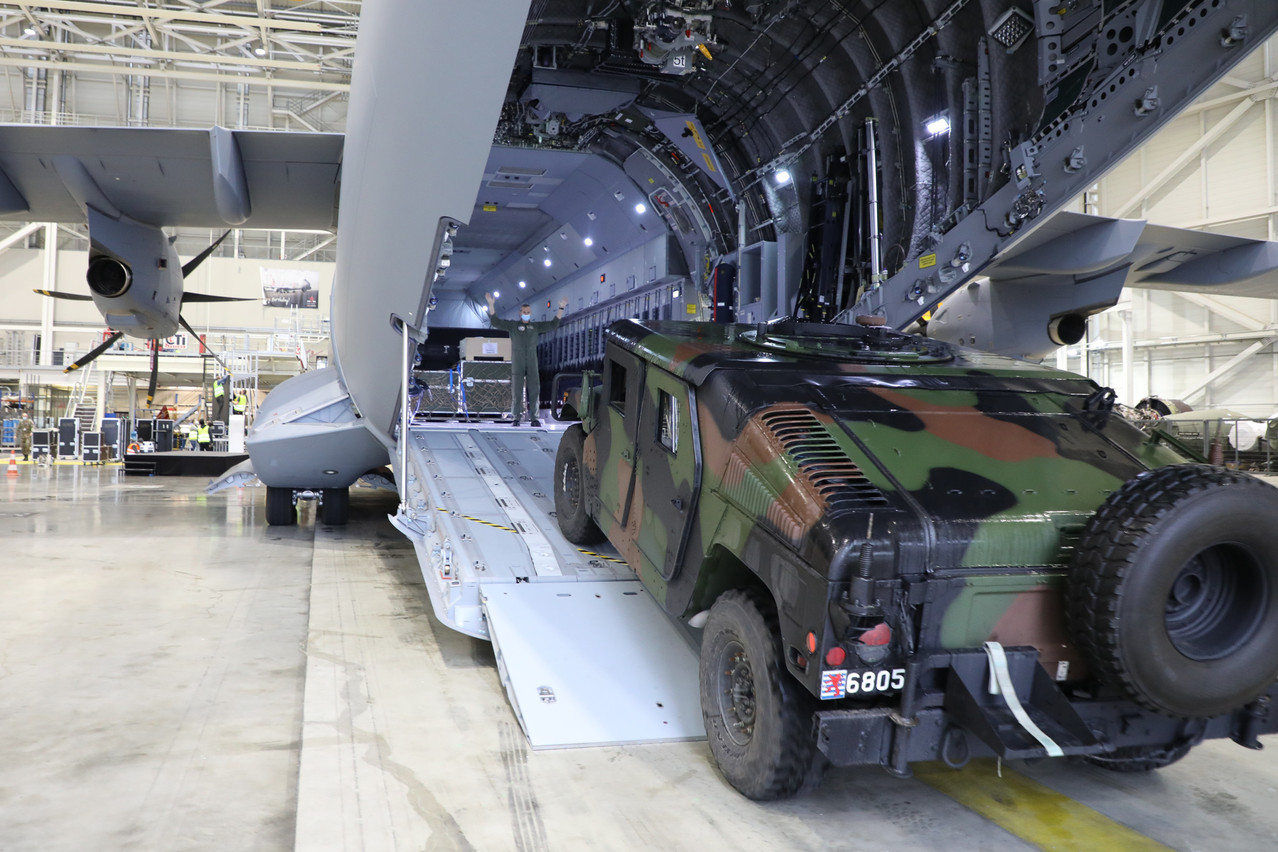The announcement made by the prime minister, (CSV), to reach the threshold of 2% of gross national income devoted to defence spending not in 2030, but in 2025 has a concrete consequence: not 780 million credits, as forecast in the projections, will have to be committed in 2025, but €1.182bn. That's an extra €402m. Or, in fact, 390 million if we look at the 2025 budget, which had committed €792m to the defence effort, as finance minister (CSV) indicated last October.
Defence minister , detailed the financial contours of this re-evaluated effort.
Of the €390m in additional expenditure, €120m will come from sums committed to military support for Ukraine. This support, which is covered by a specific open-ended budget line, was increased following the State of the Nation address. Since June 2024, this support has been taken into account when measuring the defence effort. Expenditure incurred or planned that contributes to security and defence by government ministries and departments is also taken into account. In this respect, an additional €115m can be included. This expenditure varies and includes, in particular, sums committed to improving the country's cybersecurity or purchasing various supplies.
The GovSat1 satellite will have a little brother
The government will also be initiating new projects to the tune of €155m. The first and most important of these is the launch of the GovSat-2 government and military communications satellite, worth €105m. The total budget for the project will be the subject of a funding bill. €46m will go towards funding research and development projects. Part of these funds should go towards the development of drones in Luxembourg and the continuation of the Skydweller project. The Skydweller project is a project led by a Spanish SME involving the development of a solar-powered aircraft intended mainly for applications in the field of intelligence, surveillance, and reconnaissance; civil security; and, potentially, telecommunications and geospatial mapping.
The remainder will go to the European Defence Fund (EDF) managed by the European Commission. This fund, currently endowed with eight billion euros, is designed to provide financial support for research projects in critical areas of defence.
The defence loan awaits the next Nato summit
All these sums will be financed by the budget. Things could be different in the coming months. The next Nato summit, scheduled for 24 and 25 June in The Hague, could reshuffle the cards and demand a greater commitment from the alliance's member countries. This is why the Ministry of Defence has not made any spending projections for the next few years. Expenditure that could be financed by a loan, as Luc Frieden indicated in his State of the Nation address. A loan open to institutional and private investors.
